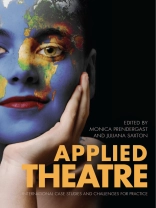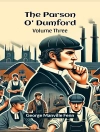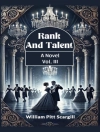Theatre practice and applied theatre are areas of growing international interest. Applied Theatre is the first study to assist practitioners and students to develop critical frameworks for planning and implementing their own theatrical projects. This reader-friendly text considers an international range of case studies in applied theatre through discussion questions, practical activities and detailed analysis of specific theatre projects globally. In addition, the collection gathers together essential readings from many different sources to provide a comprehensive international survey of the field. Saxton and Prendergast infuse the text with a historical and theoretical overview of practical theatre and conclude each case study with useful suggestions for hands-on activities and additional readings. Compiled across five continents, the case studies cover a wide range of disciplines from theatre studies to education, medicine and law. Key issues explored are the balance of artistry and aesthetics, participation, ethics, as well as safety and assessment in theatre. With their background in drama education and pedagogy, the authors offer clear developmental approaches that transfer directly into practice and a critical model of audience education, applicable to both mainstream and applied theatre contexts. The book encourages students and practitioners to acquire a deeper, more concrete understanding of applied theatre.
Innehållsförteckning
Preface:
What is this book about
Part One: Theories, History and Practices of Applied Theatre
Chapter One: Theories and History of Applied Theatre
Chapter Two: Practices of Applied Theatre
Part Two: The Landscape of Applied Theatre
Chapter Three: Theatre in Education (TIE)
Human rights ; Stages of development ; Anti-drug education ; Addressing LGTB biases
Chapter Four: Popular Theatre
Popular Theatre as Spectacle ; Puppetry with at-risk ; Comic performance in Bangkok
Chapter Five: Theatre of the Oppressed (TO)
A letter from Augusto Boal ; Forum theatre on sexual harassment ; Eating disorders and Theatre of the Oppressed
Part Three: The Locations of Applied Theatre
Chapter Six: Theatre in Health Education (THE)
HIV/AIDS ; HIV/AIDS & ovarian cancer ; Child abuse and family violence ; Drug abuse
Chapter Seven: Theatre for Development (Tf D)
A Bangladesh Tf D project ; Education for political process in Uganda ; Women’s rights in Pakistan
Chapter Eight: Prison Theatre
Critical citizenship in prison ; Fatherhood and family ; Human rights in a Brazilian prison
Chapter Nine: Community-based Theatre
Large-scale community play ; The “world of systems”/the “world of life” ; Working with war veterans
Chapter Ten: Museum Theatre
Golden school days ; Re-examining history through museum theatre ; Museum-university partnership
Chapter Eleven: Reminiscence Theatre
Memory and transgression ; Intergenerational reminiscence theatre ; The evolution of a piece of reminiscence theatre ; Interrogating reminiscence
Part Four: Challenges for Practice
Chapter Twelve: Participation, Ethics, Aesthetics and Assessment
Afterword: Reflection
Om författaren
Monica Prendergast is professor of drama and theatre education in the Department of Curriculum and Instruction at the University of Victoria in British Columbia, Canada.












